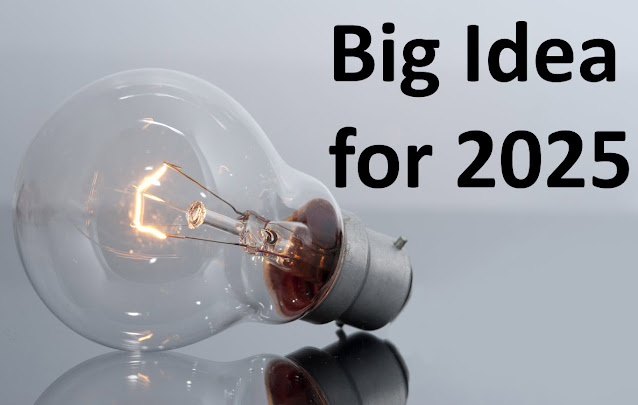Upper Level or Top Level Ontology Like Things
Ontologies improve communications. Ontologies are effectively agreements.
Ontologies that are subject-independent are called upper-level or top-level ontologies or foundational ontologies, and they attempt to define entities and associations between entities that are shared by all areas of knowledge.
To our knowledge, no framework is available yet to determine the goodness of an ontology. However, many criteria have been proposed. A widely accepted set of criteria is the one discussed in Gruber (1993): clarity, coherence, extendibility, minimal encoding bias, and minimal ontological commitment. First and foremost, ontologies should emphasize the characteristics of clarity and coherence. Clarity implies that definitions are context independent, and coherence requires consistency of the definitions.
The graphic below was provide on LinkedIn by Andre Gioia and provides a nice overview of the role that an upper ontology plays:
There are many different upper level ontologies: BFO, GEM, GIST, UFO. So which upper level ontology is best? That has yet to be determined.
When stakeholders (subject matter experts) within an area of knowledge impose their specific points of view on other stakeholders, the opportunity of and therefore the benefits of collaboration can be lost. Absurdity arises when stakeholders, trapped in their own subjective truths, fail to understand or recognize or respect the perspectives of other stakeholders. This leads to power struggles that hinder effective collaboration within and across an area of knowledge, as these different points of view clash without ever converging on a shared understanding. An area of knowledge can, and should, support different points of view, see these different points of view with clarity, and be able to discuss these different points of view openly. Embracing this enables novel practice to become emergent practice; emergent practice to become good practice. and good practice to become best practice. Systems evolve.
Additional Information:
- Power of Agreement to Solve Wicked Problems
- John Sowa's Ontology Resource
- Financial Statement Mechanics and Dynamics
- Enterprise Ontology-like Things
- Business Rules Manifesto
- Ontology Modeling and Engineering
- Semantic Web and AI: Can we finally realize the original vision?
- Ontologies and Knowledge Graphs
- Developing Data-Centric Architecture using gist with Rebecca Younes
- Unlocking the Potential of Semantic Cartography for Continuous Operational Interoperability
- Universal Semantic Backbone
- GIST
- The Industrial Ontologies Foundry (IOF) Core Ontology
- SKOS Simple Knowledge Organization System Reference




Comments
Post a Comment